Taxi firms fight for fare share
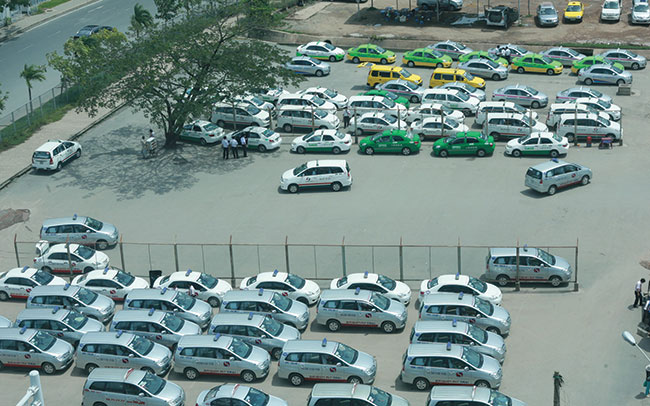 |
| Local taxi firms are restructuring in a bid to claw back customers lost to taxi apps Photo: Le Toan |
Over the past two years, transport applications on smart phones such as Uber (from the US) and Grab (from Malaysia) have become hugely popular in Vietnam. According to the Ho Chi Minh City Department of Transport, there are currently 4,000 Uber taxis in the city, earning a daily profit of VND1 billion ($44,900). Meanwhile, GrabVietnam has branched out from its main application for taxi hailing (GrabTaxi) with the recent launch of motorbike taxi and express delivery services.
The growth of these transport services has dented the profits of traditional taxi brands in Vietnam, most notably the two giants Vinasun and Mai Linh. For the first quarter of 2016, Vinasun only completed 26.5 per cent of its targeted profits. This result was said by the firm’s representatives to be particularly disappointing as the first quarter of the year tends to be their busiest season. Even Vinasun’s anticipated profit for 2016, standing at VND264 billion ($11.8 million), may be 20 per cent lower than last year’s figure.
“Uber and GrabTaxi are wreaking havoc on Vinasun’s business, so we must prepare to fight back with our best weapons. We won’t stand still to let these foreign competitors eat up our market share,” stressed Dang Phuoc Thanh, chairman of Vinasun, at the firm’s annual shareholders’ meeting last week. Thanh then outlined five key areas that Vinasun can improve upon this year.
Firstly, in response to Uber and Grab’s diverse range of services, Vinasun will undergo extensive restructuring and offer more services besides taxis. The firm will assess the needs of different regions in Vietnam to come up with the most suitable business option. Secondly, as Uber and Grab have attracted Vietnamese users thanks to their low fares, Vinasun will also reduce their own prices down from $0.7 to $0.6 per kilometre.
Thirdly, the firm will invest heavily in its Vinasun App, which directly competes against the foreign transport businesses. Thanks to this smartphone application, Vinasun’s customers can get taxis much more quickly and conveniently compared to using traditional call centres. This also allows the firm to access the real-time and detailed business results of each taxi.
In addition, Vinasun will add 1,150 new cars to its fleet this year, raising the total number of its vehicles to 6,441. Finally, the company will install non-cash payment machines in all of its taxis to match Uber and Grab’s credit card payment option.
Meanwhile, the taxi brand Mai Linh will import 100 electric cars from French producer Renault as part of its deal to buy at least 10,000 non-fuel vehicles. According to Ho Huy, chairman of Mai Linh, electric taxis are more appealing to customers as they are environmentally-friendly. In addition to the broad benefits of zero gas emissions, they also cut operating costs. As Mai Linh can pass these savings on to its customers, it may have found a way to create an advantage over Uber and Grab.
In order to drive for 100km, traditional cars will spend $5.38 on fuel, while electric cars only require $1.73 in electricity consumption. Moreover, the upkeep costs of electric cars are 35 per cent lower than those using fuel.
“This will allow us to slash our taxi fares from $0.57 to only $0.38 per km – the lowest in the market,” Huy explained.
What the stars mean:
★ Poor ★ ★ Promising ★★★ Good ★★★★ Very good ★★★★★ Exceptional
Latest News
More News
- Interest must rise for carbon exchange (December 19, 2024 | 16:00)
- Limitations abound for domestic EV carbon credits (December 19, 2024 | 15:00)
- Businesses pivotal in offsetting carbon measures in Vietnam (December 19, 2024 | 13:00)
- Coordination key for circular economy (December 19, 2024 | 10:56)
- Vietnam’s first logistics laboratory established (December 19, 2024 | 08:00)
- Masan Consumer Holdings honoured with consecutive "Great Place To Work" certifications (December 18, 2024 | 16:55)
- SABECO’s research facility a dream for its brewmasters (December 17, 2024 | 10:30)
- Digital twins reshaping Vietnam's logistics and supply chain landscape (December 17, 2024 | 09:34)
- Enterprises awarded for pioneering innovation to attract talent (December 16, 2024 | 16:43)
- Testing future predicted for technology startups in Vietnam (December 14, 2024 | 15:00)






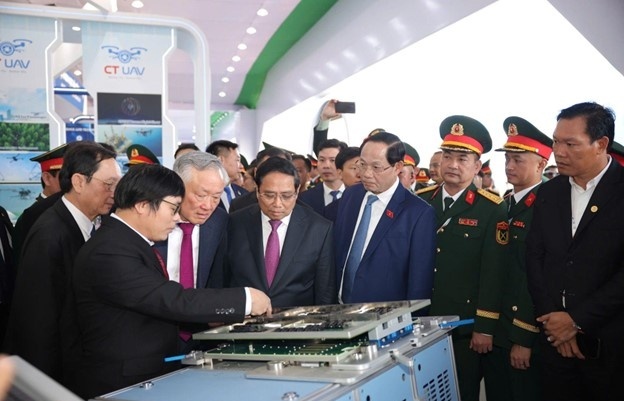

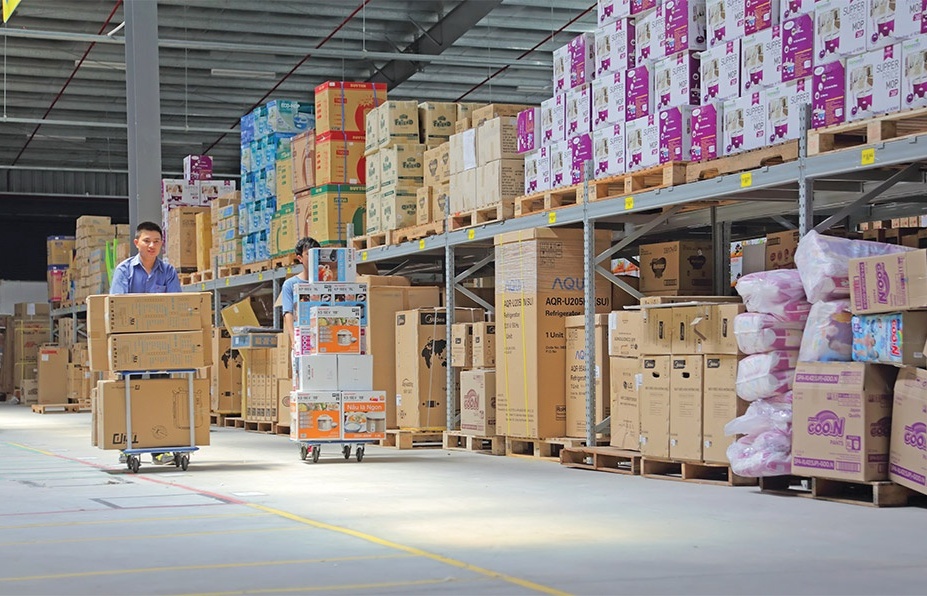
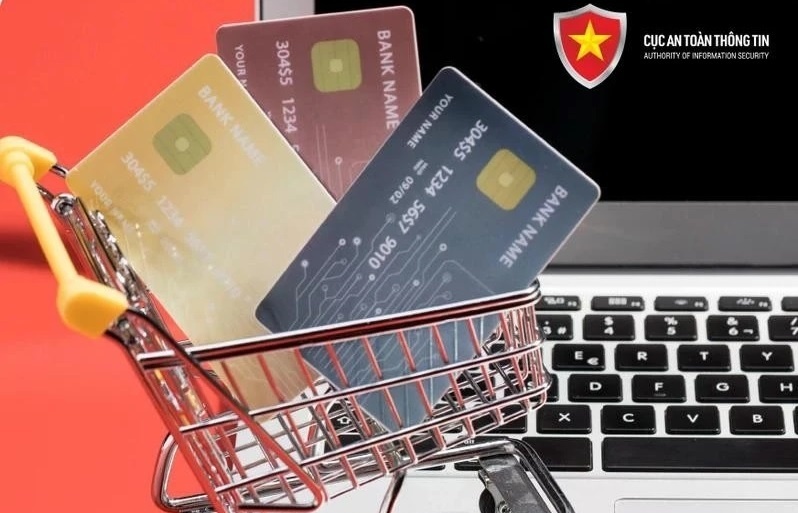


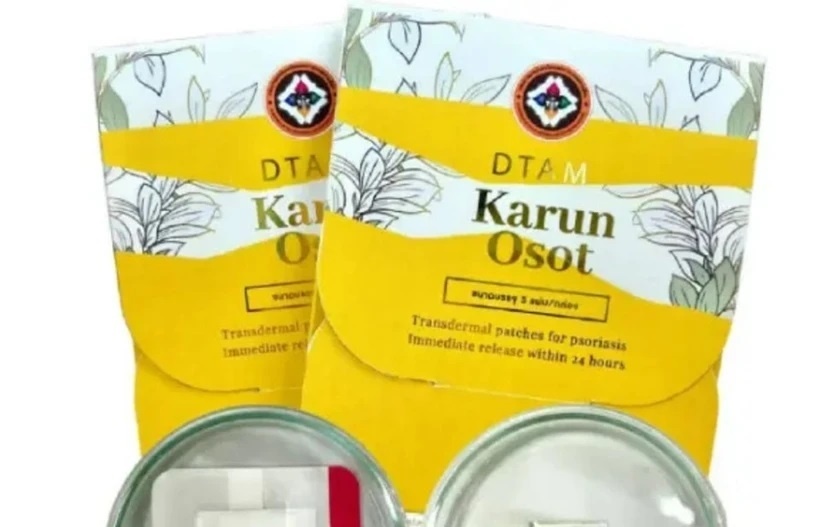
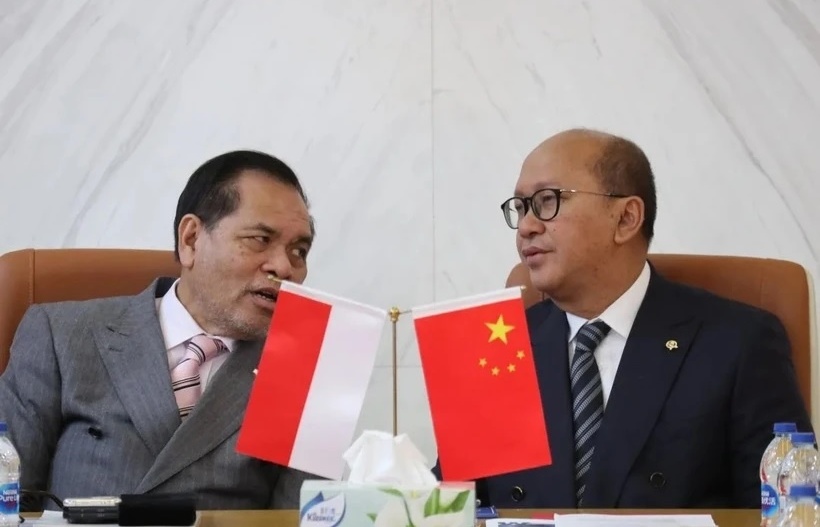
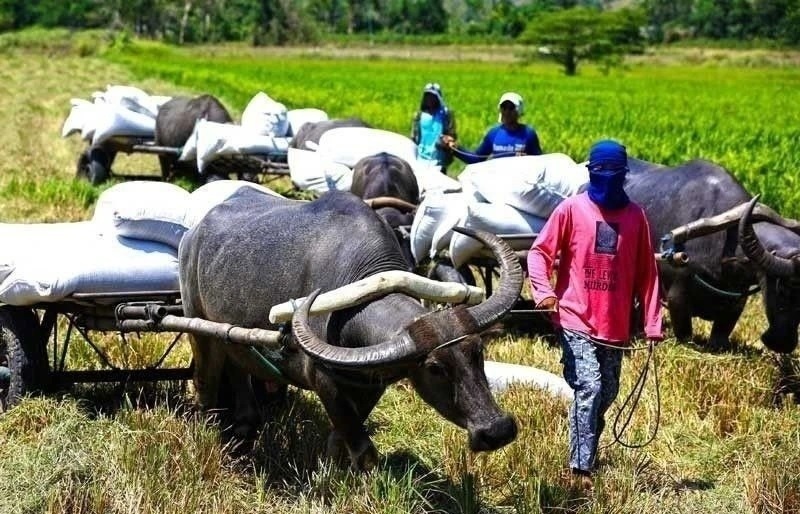



 Mobile Version
Mobile Version